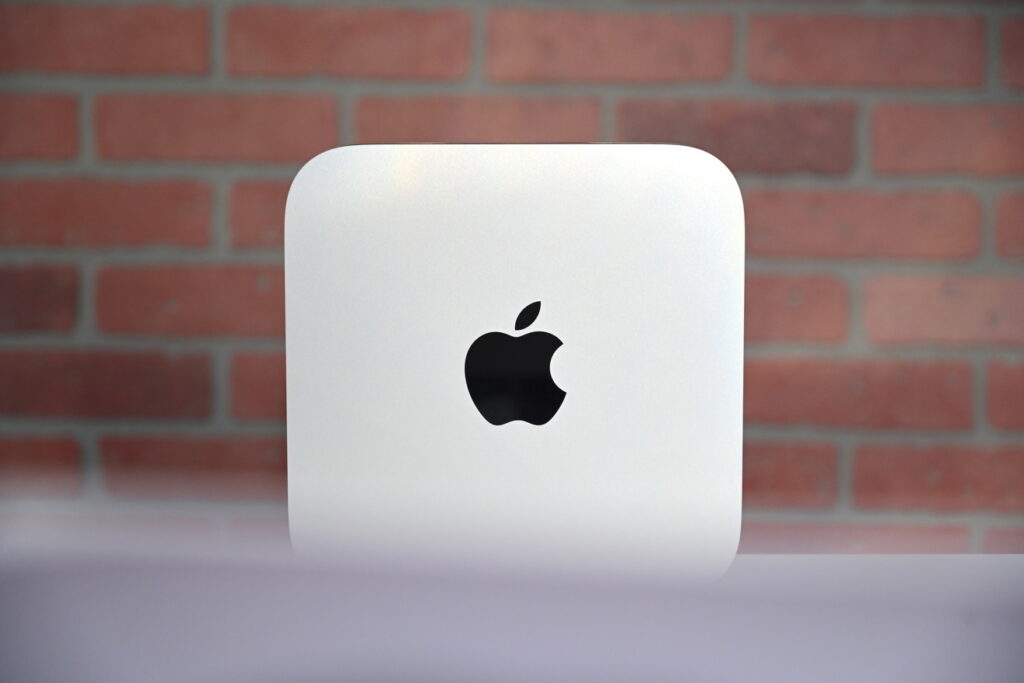For the first time, clients of Apple Silicon Macs utilizing Apple’s M1 chip, for example, the passage level 13-inch MacBook Pro, Mac small, and MacBook Air—would now be able to boot in to and locally run Linux.
The vintage at play here is Ubuntu, and the port was created by Corellium, which in any case virtualizes iOS and other ARM-based OSes to empower simpler security testing. It’s important also that Apple has recently sued the organization over said iOS security testing apparatus. The claim didn’t turn out well for Apple.
Corellium Chief Technology Office Chris Wade reported the climax of the cooperation on Twitter yesterday. What’s more, in a blog entry on Corellium’s site, the group behind the port composes that it was created in corresponding with the collective endeavors’ at “creating a model of the [M1] for our security research part.”
The blog post has various extra insights concerning the obstacles Corellium needed to survive, incorporating managing how Apple’s SoC raises extra CPU centers, managing Apple’s exclusive interfere with regulator, and significantly more. In addition to other things, Corellium added “a pre-loader that acts as a wrapper for Linux and provides a trampoline for starting processor cores.”
The post remembers an tutorial for installing Ubuntu for M1 Macs, and there’s a Github repo (corellium/linux-m1) that you can download the kernel from. Following the means, you’ll wind up booting straightforwardly from USB.
However, we are far off from Boot Camp-style double booting various operating systems here. Even after the Corellium collaboration, the means required are more perplexing and specialized than most clients will need to meddle with, and it’s unquestionably not prescribed to do this as your day by day driver yet.
In any case, enthusiasts or the individuals who need to advance beyond the bend currently have an alternative, so if it’s your jam, get down to business. Wade calls the port “completely usable,” and you’ll get the completely utilitarian Ubuntu work area in the event that you experience this cycle.
There are different endeavors to carry Linux to M1 Macs out there, and further refinements of each make certain to come, so it’s still early days. Furthermore, before you ask: doing this with Windows is as yet looking very hazy. You’d need to utilize the ARM form of Windows, and that is impossible for a great many people as of now.
At the point when we talked with Apple’s marketing SVP Craig Federighi and got some information about running Windows locally on Apple Silicon Macs, he stated, “That’s really up to Microsoft… we have the core technologies for them to do that, to run their ARM version of Windows, which in turn of course supports x86 user mode applications. But that’s a decision Microsoft has to make, to bring to license that technology for users to run on these Macs. But the Macs are certainly very capable of it.”

Michael is an accomplished writer and editor who has now working in Boston New Times. Walker books can purchase at bookstores. He wrotes news on Entertainment, Technology and World.
Disclaimer: The views, suggestions, and opinions expressed here are the sole responsibility of the experts. No Boston New Times journalist was involved in the writing and production of this article.
